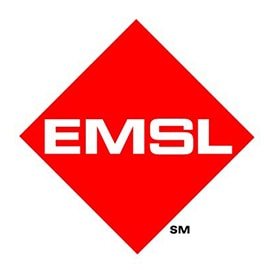Overview of the Lab Study
EMSL Analytical conducted this study, to measure the effectiveness of FDNS Nasal Screens in preventing Particulate Matter penetrating through the protective barriers. To see a comprehensive list of the dangerous airborne pollutants you can check this indoor air pollutant list.
The results of the research can be seen here at the original document: Laboratory Reseach – Marian Fabric Porosity
Descriptions & Definitions
Before testing the nasal screens an understanding of the terms is necessary.
- None Detected (ND) denotes the absence of a measure in the sample analyzed. Trace levels of the measure may be present in the sample below the limit of detection (LOD).
- Limit of Detection (LOD): The minimum concentration is theoretically achieved for a given analytical procedure in the absence of matrix or sample processing effects. Particle analysis is limited to a single occurrence of an measure particle in the sub-sample analyzed.
- Limit of Quantitation (LOQ): The minimum concentration of an measure is measured within specified limits of precision and accuracy during routine laboratory operating conditions.
Methodology
The Lab used two major methods for the analysis of the Nasal Screens filtration abilities:
- For the Qualitative Analysis the Scanning Electron Microscopy (SEM) is used.
- The methods utilized for the effectiveness of the filtration is with the usage of an Ultrasonic Particle Sieve.
Results
The study has concluded that for coarse particles the capability of the filtration was up to 99%. For the particles less than 2 microns, commonly refereed to as Fine Particles the filtration effect was up to 92.9% effective. This result is significantly above most the filtering abilities of most commercial dust masks.
For the very elusive Ultra Fine particles that are less than 0.1 microns,which include even viruses, the filtration showed effectiveness close to 80%. This results means that the majority of harmful ultra fine particles can also be prevented with the use of the nasal screens.
Conclusions
The FDNS Nasal Screens offer significant protection against coarse, fine and ultra fine particles as per the conducted studies.
You may click on the following article to see a comprehensive air quality guide on how to deal with several indoor air pollutant. This guide can also serve to show the several uses of the nose filters in everyday activities. Following the guide will improve your working or living environment and thus your living standard.
You may also read about the Air Quality Index and methods applied by several government and independent agencies to bring to you higher air quality in your lives!

